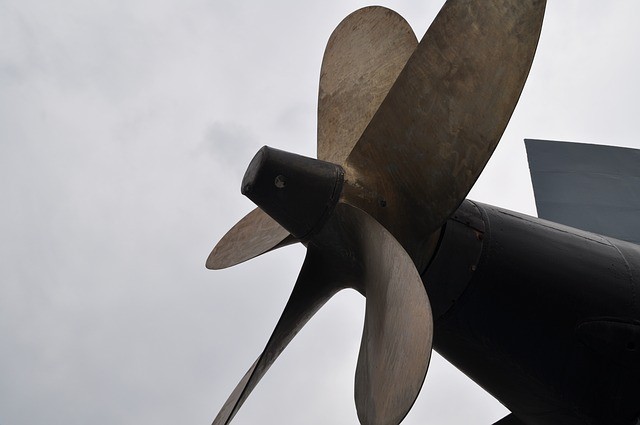Unlike other types of vehicle, sea vessels face one unique, tough challenge–saltwater corrosion. There’s a vast range of substances that can corrode metals, but sodium chloride or salt, mixed with water and other impurities, is different. Saltwater can cause most metals to corrode five times faster than freshwater. Even well-known corrosion-resistant metals like copper, bronze, and aluminum don’t stand a chance against this potent chemical soup. This is why most boats and ships are not expected to last long without regular maintenance and coating.
Thanks to advancements in metallurgy, alloys that have better saltwater corrosion resistance have been discovered and are now widely used in ship construction. One of these alloys is naval brass, a perfect mix of copper, zinc, and tin. It is primarily designed to improve the performance of the outer covering of ships.
Beneficial Features of Naval Brass
Despite its significant toughness, naval brass can be cut into various shapes and sizes, which is why many kinds of supply can be manufactured out of it, including discs, plates, bars as well as sheets of different densities and thicknesses. Apart from that, naval brass also possesses many other useful features.
It has a considerably high density but it also has high tensile strength. This means it can resist tension or pulling force, a condition that is very common in running machines and all-metal structures like ships. Naval brass’s thermal conductivity is also quite remarkable, which means it can maintain its form under high temperatures and pressures. This is why it is also prefered for making hub cones, condenser plates and aircraft turnbuckle barrels.
Brass Forms
Angles. Much like other alloys of brass, naval brass can be molded into different forms to meet the needs of various applications. One of these is angle. When the tensile strength of a building’s beams and girders isn’t enough to carry the growing load, angle bars can be installed as reinforcement. For smaller structures, such as cabinets and racks, brass angle bars can be used to prop the frames.
Plates and Sheets. Brass alloys are extremely malleable metals. They can be formed into thin sheets and still maintain their toughness and tensile strength. Thin brass plates and sheets have many uses for various industries, including protective covering for furniture and countertops. It is also easy to cut grooves on brass, which is why the metal is perfect for engraving. Anyone who is looking to embellish their home or workplace and give it a rustic look should consider utilizing brass plates and sheets.
Extrusions. If traditional casting seems an inefficient option to mold your naval brass, look at extrusion. This is a metal molding method in which metal is forced into a die with a different cross-section. Most people would want a customized shape or furniture in their living room. Extrusion can be the best solution. Custom brass extrusions are available in different sizes and shapes. They can be extruded into tubes of complex cross-sections to make elegant-looking railings, gates, hinges, signage pats among others.
Finding the Right Materials
Shipwright, builders, and artisans are meticulous about the quality of naval brass they are using for their projects. It helps them to know the best source of metals to ensure that their final output don’t easily fail. Turning to reputable suppliers like Rotax Metals, they have a better chance at finding high-quality naval brass bars, tubes, and sheets.
Vessels and homes are some of the few basic necessities that require sufficient investment for the simple reason that they have to be safe for passengers and occupants, respectively. Therefore, it is only wise to turn to the best supplier in town for the naval brass supplies that you need.
Sources:
The Effects of Saltwater on Metals, Sciencing.com
Angle Bar Uses, Hunker.com


